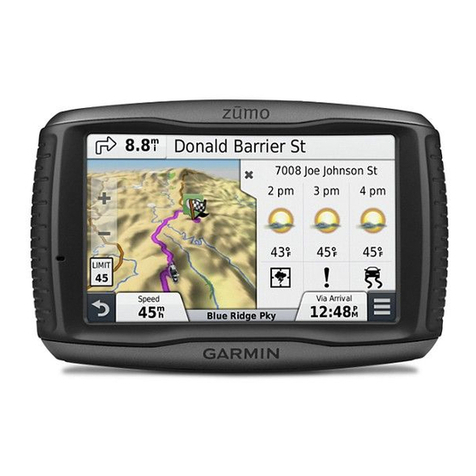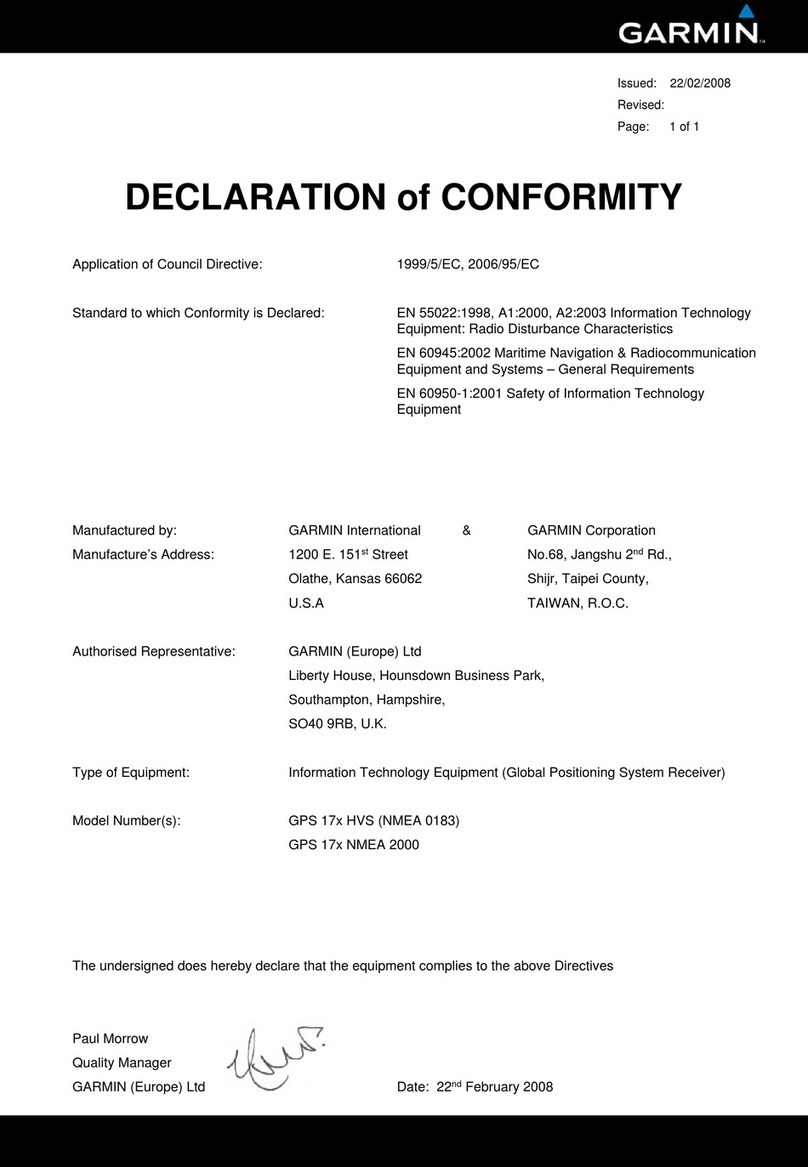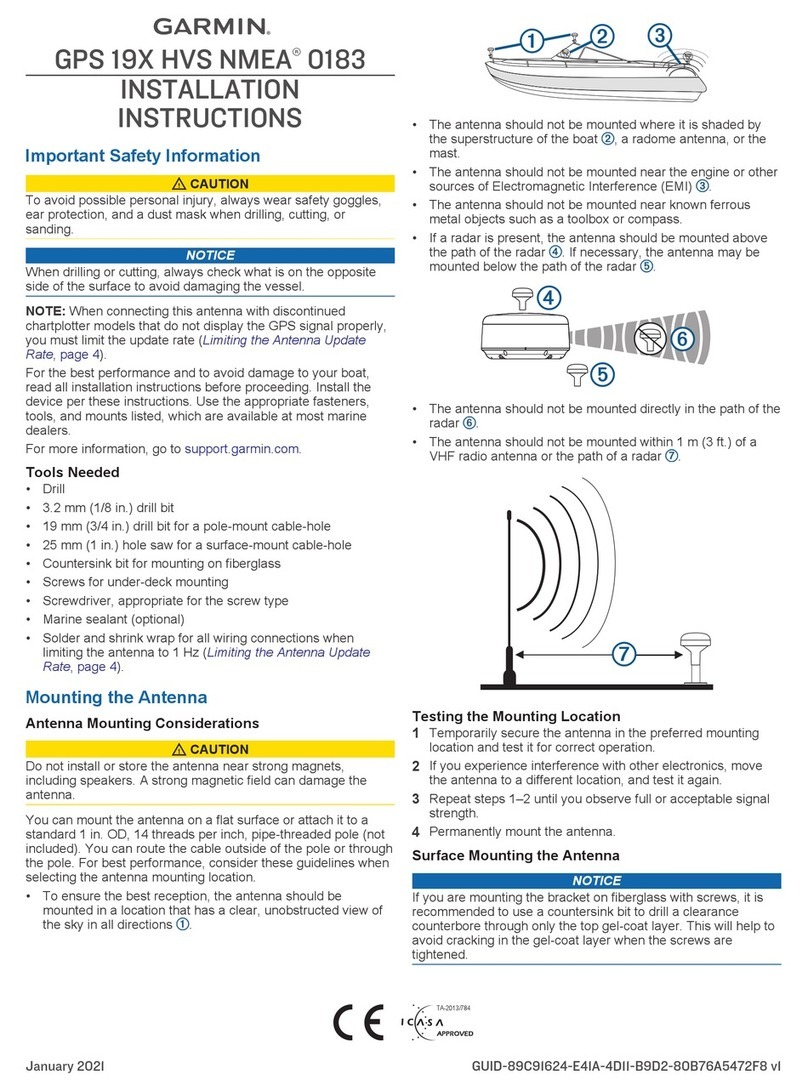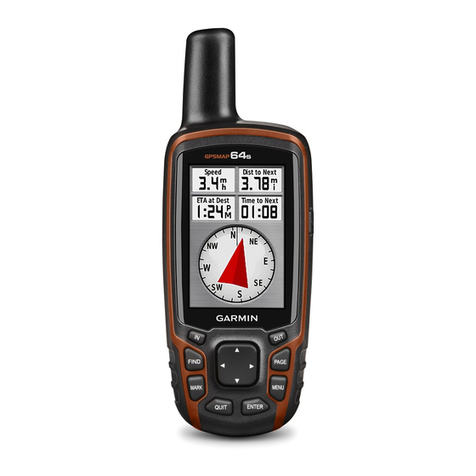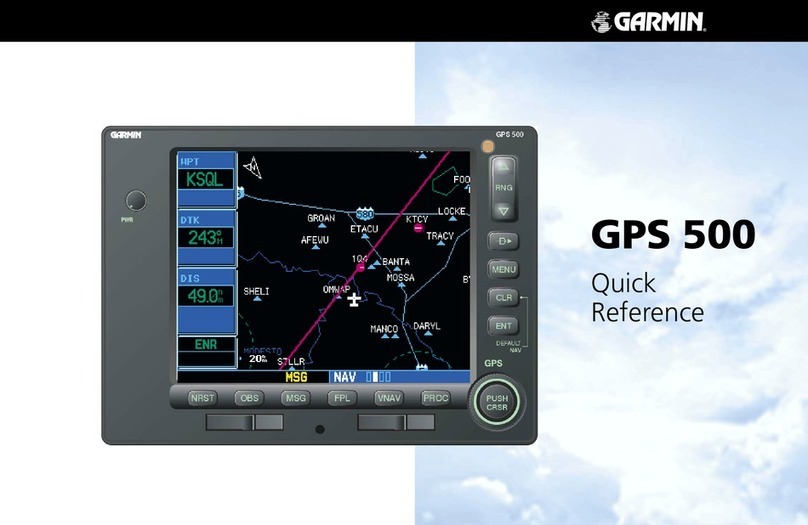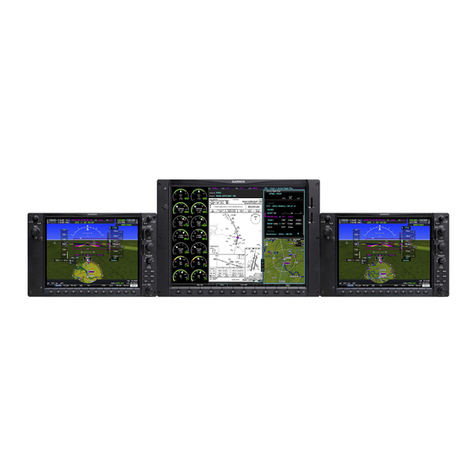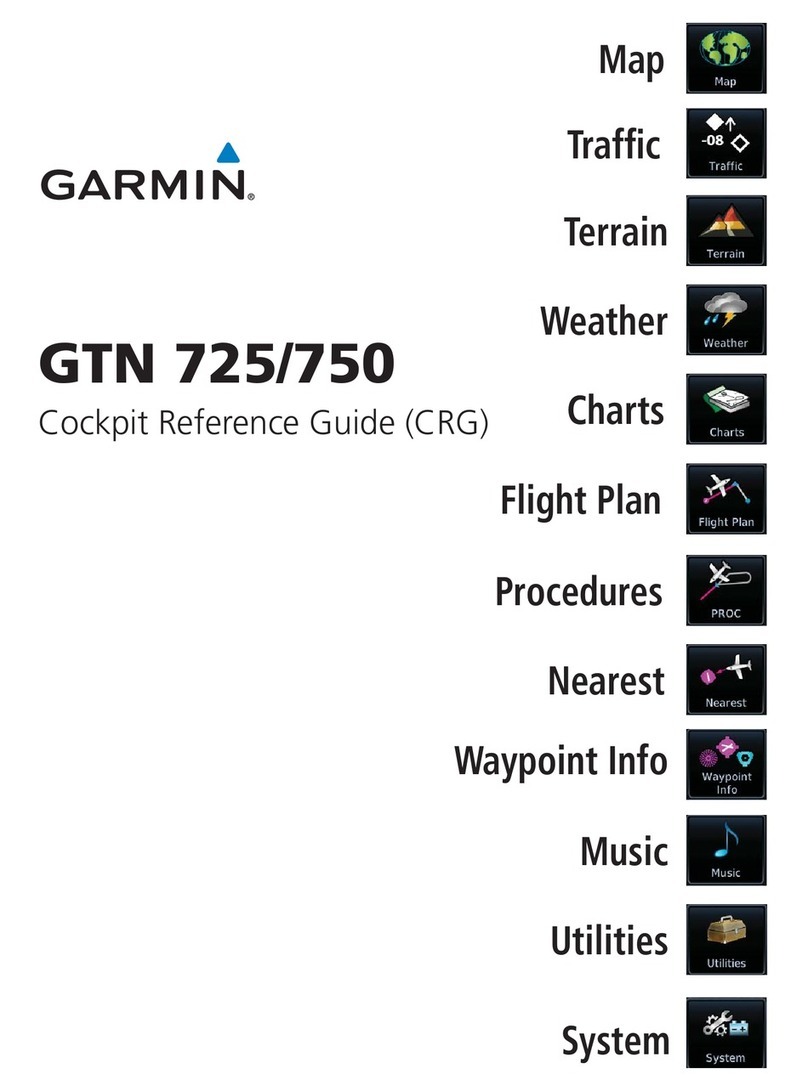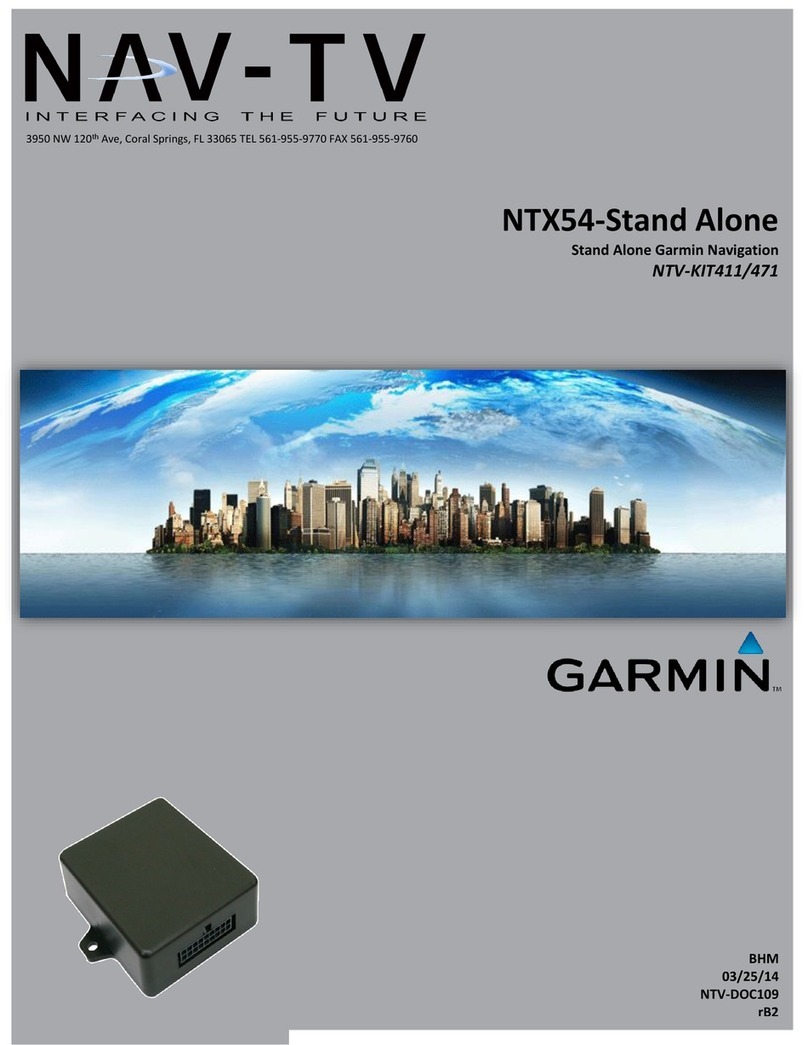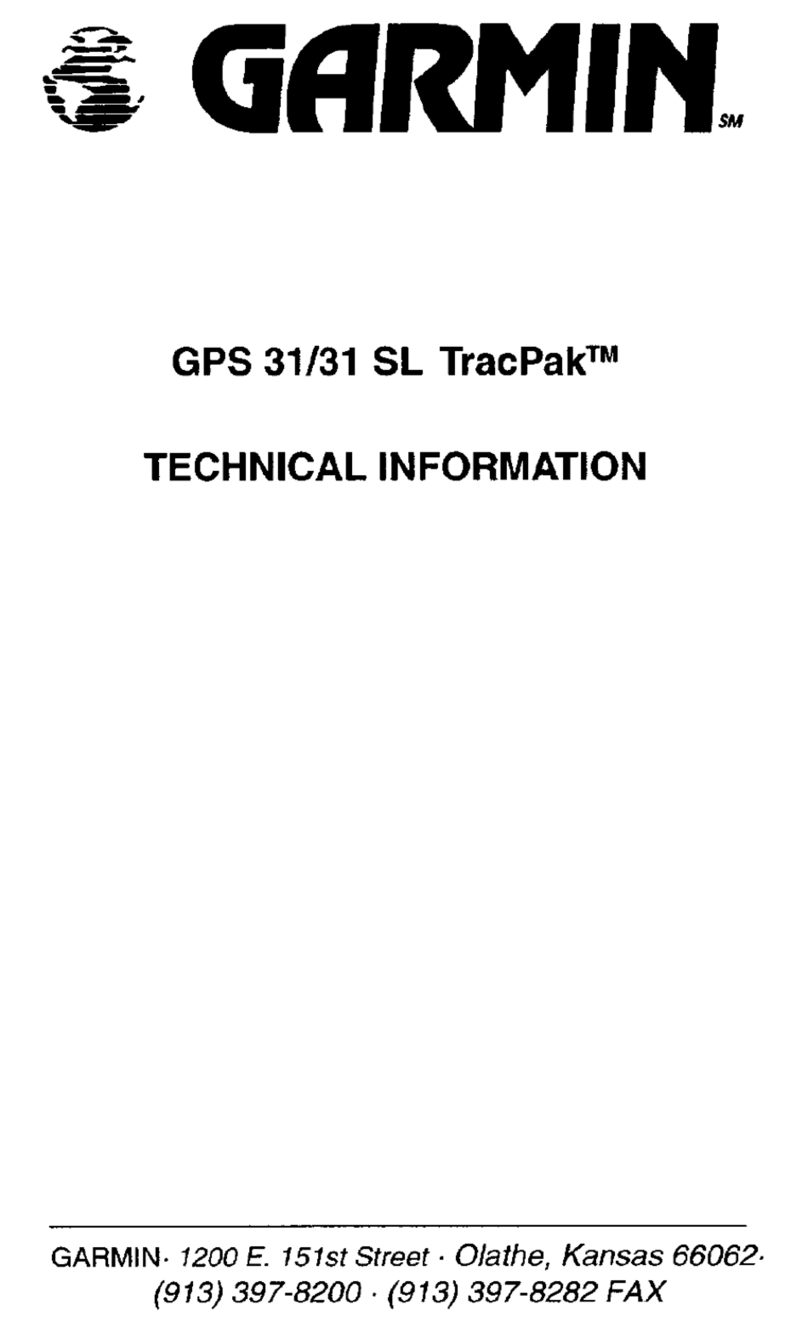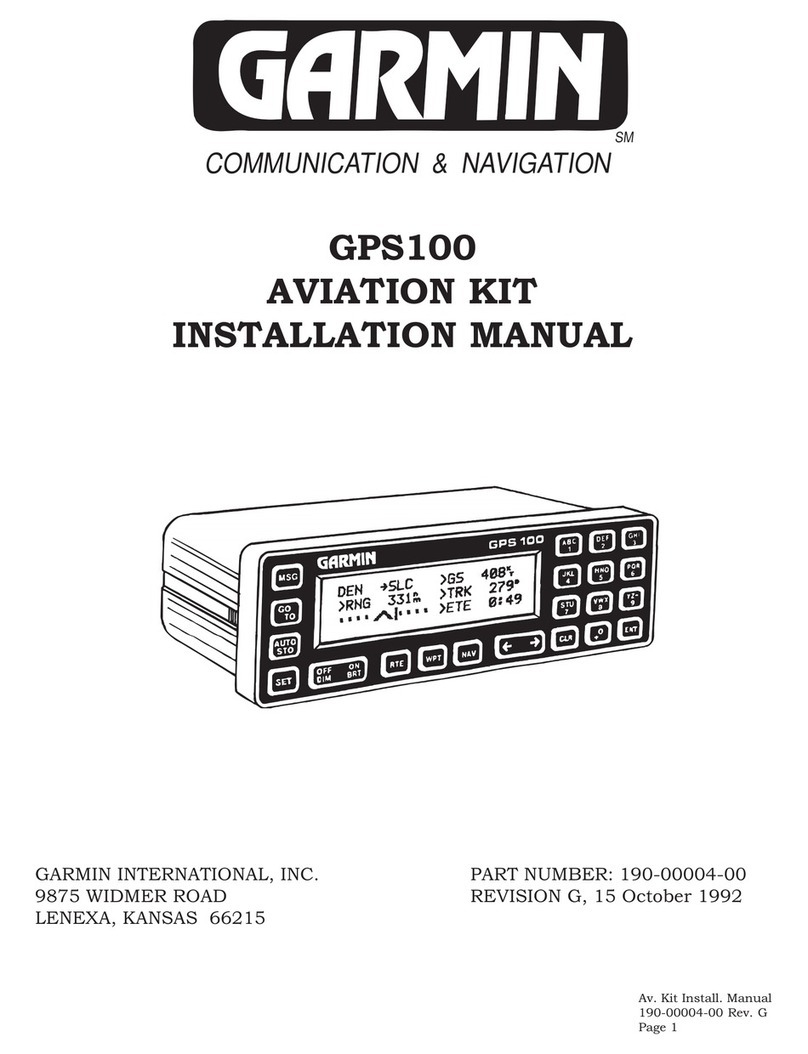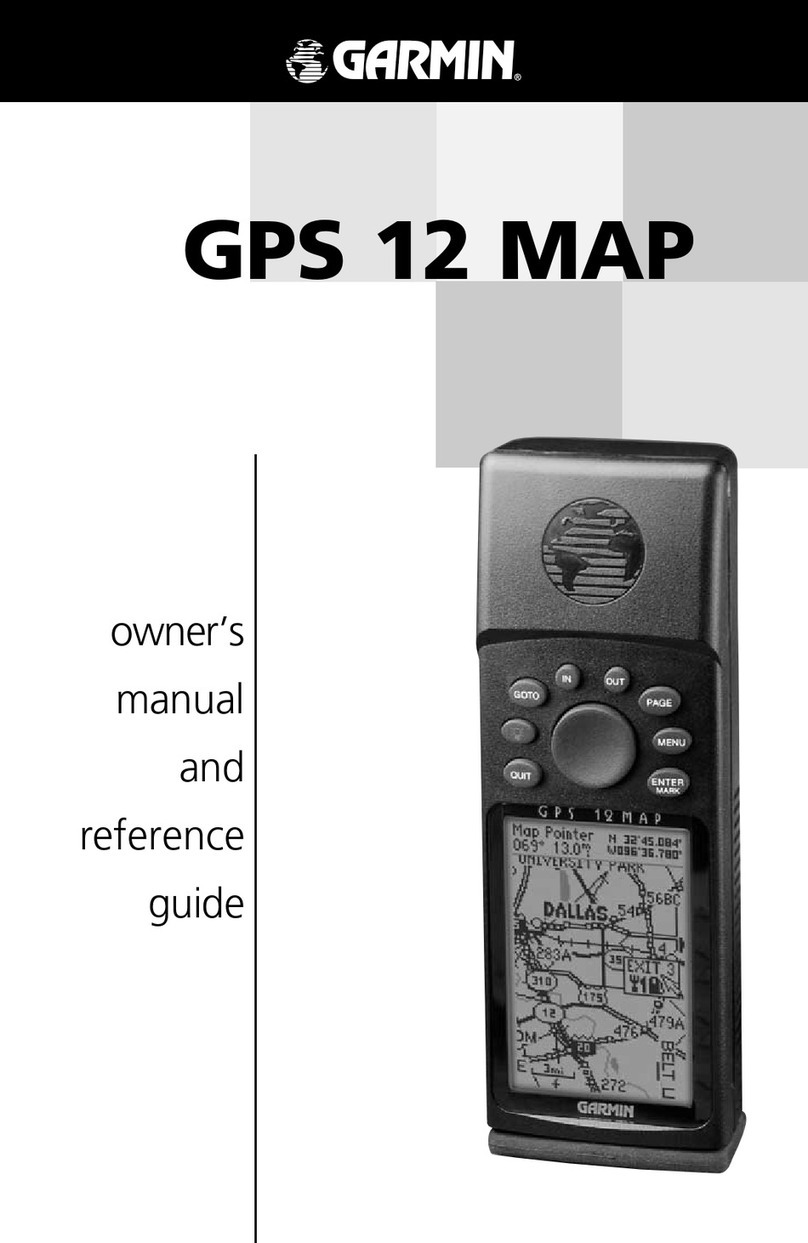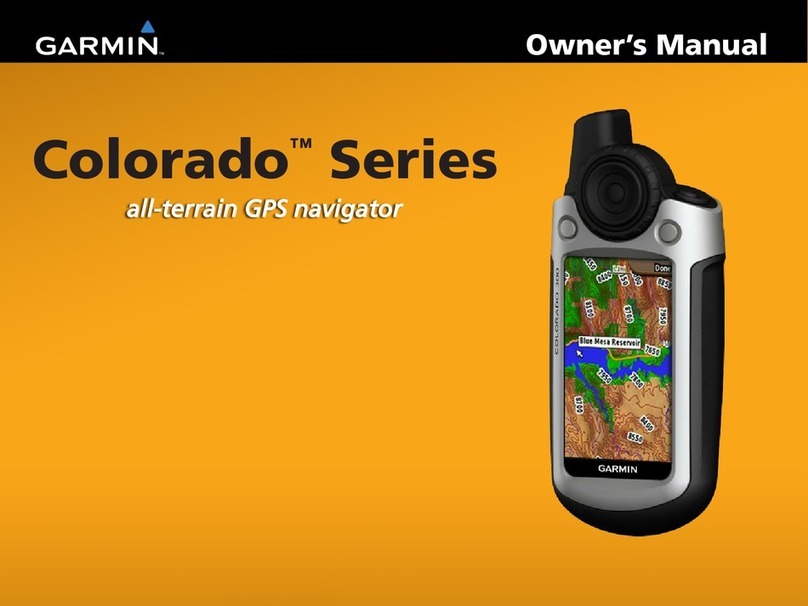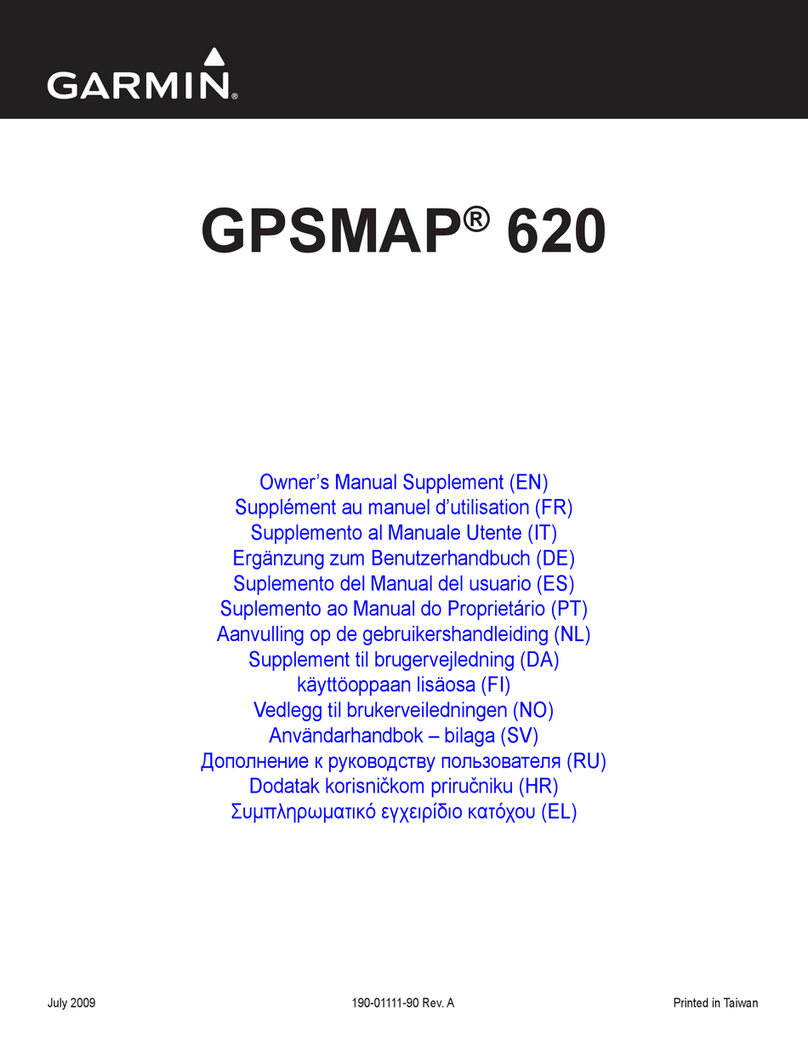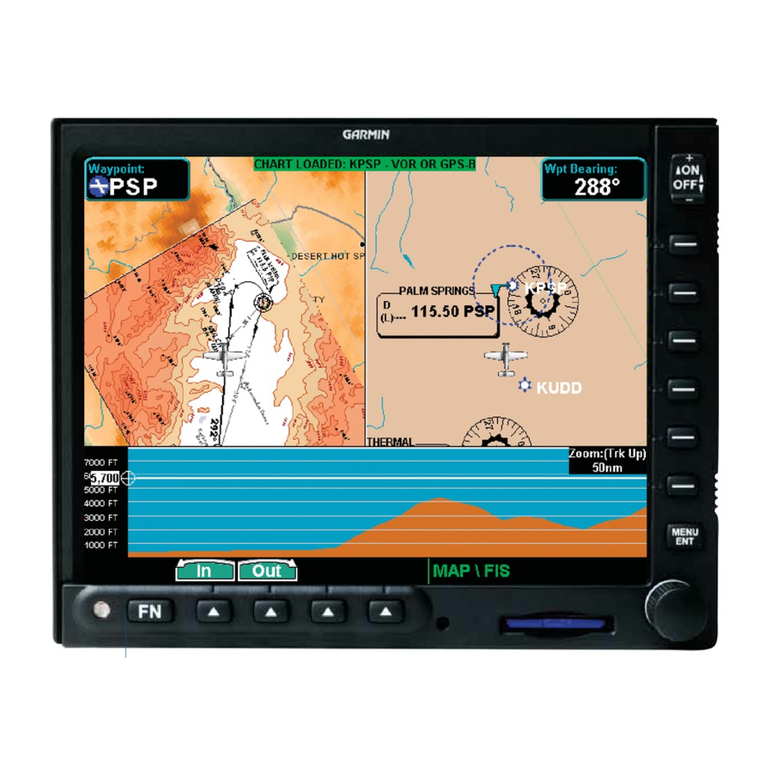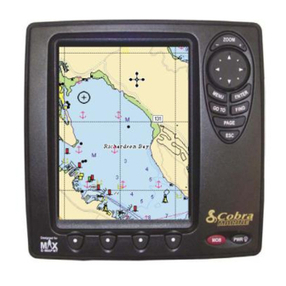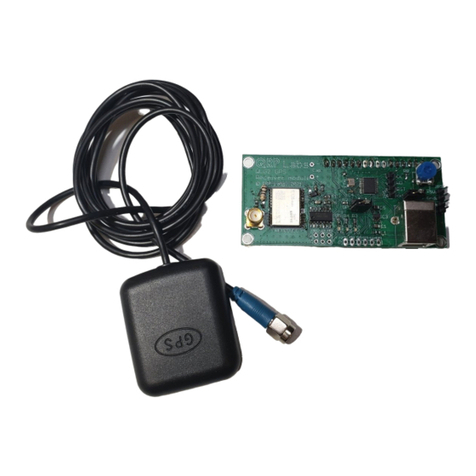
TIP: You must carefully bend the cable à out of the way.
4Insert the spindle into the crank arm Ä.
5Hand tighten the spindle.
NOTE: The right pedal has a left-handed (reverse) thread.
TIP: Power and cadence calculations are not impacted by
the orientation of the pedal pod. Garmin® recommends
placement of the pedal pod on the leading edge of the crank.
When the crank is in the forward position, the pedal pod
should be pointing downward.
6Rotate the crank arm to check for clearance.
The pedal pod should not interfere with any part of the bike.
7Use the pedal wrench to tighten the spindle.
NOTE: Do not overtighten. Garmin recommends torque of 25
to 30 lbf-ft. (34 to 40 N-m).
8Firmly plug the cable into the spindle.
9Rotate the crank arm to check for clearance.
10Repeat steps 2–9 to install the right pedal.
NOTE: If the pedal pod cable rubs the chain, you can add
washers between the pedal pod and the crank arm to
increase clearance.
Installing the Shoe Cleats
NOTE: The left and right cleats are the same.
1Apply a thin layer of grease on the cleat bolt threads.
2Align the cleat À, washers Á, and bolts Â.
3Use a 4 mm hex key to loosely attach each bolt to the sole of
the shoe.
4Adjust the cleat to the shoe in your preferred position.
This can be adjusted after a trial ride.
5Tighten the cleat firmly to the shoe.
NOTE: Garmin recommends torque of 4 to 6 lbf-ft. (5 to 8 N-
m).
Adjusting the Release Tension
NOTICE
Do not overtighten the release tension screw on the bottom of
the pedal. The release tension should be adjusted equally for
both pedals.
Use a 3 mm hex key to adjust the release tension of each
pedal.
There is a window on the back of the pedal binding that
shows the allowable range.
Pairing Vector with Your Edge 810 or 510
Device
Before you can view Vector data on the Edge device, you must
pair the devices.
Pairing is the connecting of ANT+™ wireless sensors. This
procedure contains instructions for the Edge 810 and 510
devices. If you have another compatible device, see page 5,
or go to www.garmin.com/vectorowner.
1Bring the Edge device within range (3 m) of the sensor.
NOTE: Stay 10 m away from other ANT+ sensors while
pairing.
2Turn on the Edge device.
3From the home screen, select > Bike Profiles.
4Select a profile.
5Select .
6Enable the sensor, and select Search.
7Rotate the crank arm a few times.
When the sensor is paired with your Edge device, the sensor
status is Connected. You can customize a data field to display
Vector data.
Your First Ride
Before you ride with Vector for the first time, you must enter the
crank length, set the install angle of the sensors inside the
pedals, and calibrate the static zero reference. You must also
calibrate the system if you move Vector to another bike.
These procedures contain instructions for the Edge 810 and
510 devices. If you have another compatible device, see
page 5, or go to www.garmin.com/vectorowner.
Entering the Crank Length
The crank length is often printed on the crank arm.
1Rotate the pedals a few times in order to activate Vector.
2From the home screen, select > Bike Profiles.
3Select a profile.
4Select Crank Length > Manual.
5Enter the crank length, and select .
Setting the Installation Angle
Before you set the installation angles, you must set the Edge
data fields to display power and cadence.
1Go for a short ride on a trainer or on the road.
2Ride until the cadence is nearly 70 rpm.
3Accelerate smoothly to approximately 90 rpm.
When the installation angles are successfully set, a message
appears and data fields display power data on the Edge
device (810 and 510 only).
Performing a Static Zero Calibration
NOTE: During this task, the bike must be in an upright position,
and nothing can be touching the pedals.
1From the home screen, select > Bike Profiles.
2Select a profile.
3Select > Calibrate.
When the zero reference is determined, a message appears
on the Edge device.
Calibrating Vector Before Each Ride
For best results, Garmin recommends calibrating Vector at the
start of every ride.
1Perform a static zero calibration (page 2).
2Go for a ride.
3While coasting, smoothly pedal backward 5 consecutive
times or more.
When Vector is calibrated, a message appears on the Edge
device.
2 Introduction
